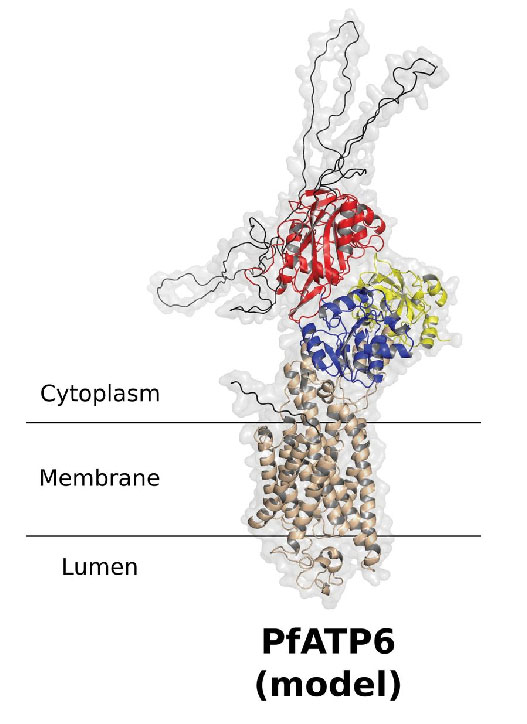Scientists refute previous studies of malaria drug
Danish and French researchers refute previous studies in malaria research. The new results are a step in the right direction to improve and develop malaria medicine.

Artemisinin, which is extracted from sweet wormwood, is one of the most effective antimalarial drugs. The plant’s medical use was already described in 168 BC, and artimisinin was discovered by the Chinese scientist Tu Youyou for which she was awarded the Nobel Prize in Medicine in 2015. Artemisinin Combination Therapy is currently WHO’s recommended first-line treatment of malaria.
Previous publications have concluded that artemisinin inhibits a calcium pump in the malaria-causing parasite Plasmodium flaciparum, PfATP6. However, as published now in Nature Structural and Molecular Biology, Danish researchers collaborating with a French team have been unable to reproduce these results, but reaffirm instead other contradictory studies showing that artemisinin has no effect on the activity of PfATP6. The novel findings are important for the future research aimed at circumventing artemisinin resistance mechanisms and improving and developing antimalarial drugs.
Malaria is a major cause of death in many countries with approximately 200 million cases and 500.000 deaths in 2013 worldwide. Africa is particularly affected, having 90% of the deaths. Parasites resistant to artemisinin have appeared in several regions prompting studies into the drug’s mechanism of action.
Previous publications from a group in London proposed that artemisinin targets the parasite’s PfATP6, a protein that pumps Ca2+ into an intracellular store. These results therefore suggested that artemisinin is lethal to the parasite because its cellular control of the calcium levels is blocked. These initial publications spurred a number of gene sequencing studies of PfATP6 that looked for mutations to explain artemisinin resistance, but no progress was obtained.
This on the other hand was to be expected from the Danish-French team’s earlier studies that found no effect of artemisinin on PfATP6 with pure protein produced by cloning into yeast cells. These results strongly suggested that PfATP6 is not the target of artemisinin, so the scientific community and malaria medicine researchers were left with conflicting data on the molecular target. In the novel study, the Danish-French researchers therefore carefully repeated the London group’s previous experiments (using for example oocytes from the Xenopus frog as the expression system), but they found again no effect of artemisinin on PfATP6 – results that seriously call the claims of PfATP6 as the target of artemisinin into question.
In parallel, novel studies suggest more complex patterns of many proteins in the parasite as molecular targets of artemisinin [refs]. Hopefully, a better understanding of why artemisinin is an effective drug and of the causes of resistance will aid the future fight against malaria.
Refs:
http://www.ncbi.nlm.nih.gov/pubmed/25874676
http://www.ncbi.nlm.nih.gov/pubmed/26694030
For further information, please contact
Professor Poul Nissen
Department of Molecular Biology and Genetics/DANDRITE
Aarhus University, Denmark
pn@mbg.au.dk - +45 2899 2295
Hanne Poulsen
Department of Molecular Biology and Genetics/DANDRITE
Aarhus University, Denmark
hp@mbg.au.dk - mobile phone: +45 30254065
